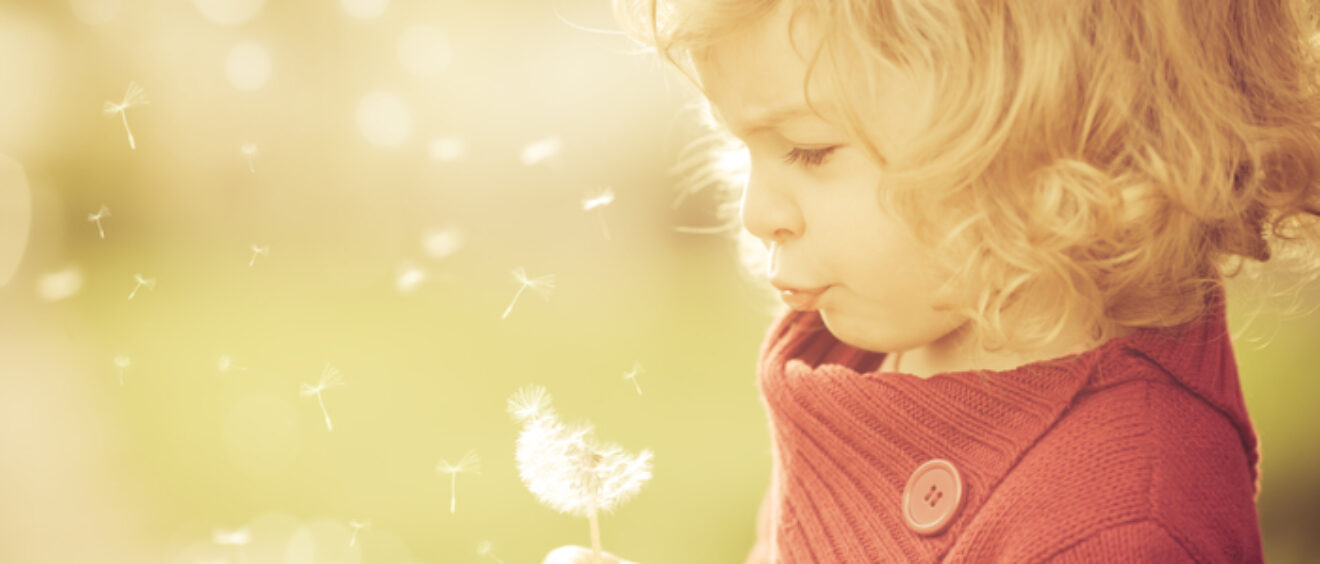
Consider Yoga as Part of Back-to-School Routine for Stress & Anxiety | Part 1
A two-part interview with Karey Lynn Krampota, RYT-200
(by Bernice Thill)
Part I
Karey Lynn Krampota teaches Viniyoga, a style of yoga linking your breath with your movement that is adapted to support your physical and emotional needs. She offers classes for students throughout various stages of life: sunrise (children) mid-day and sunset (senior).
With school just around the corner for many students and parents, Karey Lynn discusses the benefits of yoga to ease stress and anxiety. Part I of our interview focuses on understanding the stress triggers that affect children and the benefits of introducing yoga at a young age. Part II will share specific ideas and techniques for children and parents alike to help alleviate stress and anxiety throughout the school year.
At what age can children begin to use yoga?
Adults seeking to incorporate yoga into their children’s lives can do so through each juncture of parenthood. From before birth to after. Some opportunities available to interested parents include prenatal yoga, postnatal and baby-bonding yoga, and family yoga. These opportunities can be found in the form of classes at your local yoga studio, online video content or even at the public library through books.
My son was introduced to yoga before he was born! When I was pregnant, I practiced prenatal yoga to prepare for birth and labor. After he was born, I found that my practice shifted to not only self-care, but bonding with him. I would practice while he had tummy time on the yoga mat. As he grew bigger and older, my yoga practice adapted to holding him in certain poses or him sitting on my yoga mat while in full observation. When he was a toddler, he began mimicking my postures and asking questions. Such as, “Mom what are you doing?” and “Mom, don’t I look like you?” As he reached school age, he started becoming more interested in breathing techniques. As he grew, so did his interest in the different aspects of yoga. Most school age adolescents begin as observers then become absorbers!
Based on your experience with working with children, what kinds of anxieties do they tend to exhibit? What triggers them?
Anxiety in childhood can change as they encounter different life experiences, and interruptions in routine related to school can be a big one. Many situations can trigger their anxiety, such as being over-simulated in an environment that is loud or with a big group of people, learning how to navigate a new situation and even witnessing learned behaviors from parents or caregivers that display nervousness or unease.
During the different transitions of age, children may experience anxiety about:
- Early childhood (birth to age 5)
- Being away from parents for the first time or starting school
- Learning to share toys or making new friends
- Middle childhood (ages 6 to 12)
- Not knowing an answer when called on at school
- Realizing they aren’t a little kid anymore, but they aren’t a big kid yet
- Adolescence (ages 13 to 18)
- Going through puberty
- Becoming an adult and what will I do with my life?
- Other examples of exhibited anxiety may be from:
- Worrying about grades
- Struggling with managing school and/or extracurricular activities
- Problems with friends, bullying, or peer pressures
- Moving or changing schools
- Dealing with home problems or parents separating
How can yoga help parents and kids manage their stress and anxiety?
Yoga helps reduce stress and anxiety in adults and children alike by helping them become aware of their body and breath, which can help them become mindful and present. When children become mindful, we then can present them with skills for dealing with stress and anxiety.
Yoga fosters benefits within a family, too. Family members that practice yoga become more in-tune with their feelings, which results in limited reactions due to stress. The family moves away from absorbing and reacting to observing and responding.
Are children more open to embracing different techniques for managing stress?
Absolutely! Children throughout each stage and age from early childhood to adolescence are naturally curious. Children are born full of wonder as they develop and so do the questions of Who? What? Where? When? Why? Children are growing while they try to understand their environment and everything around them including their emotions, stress, thoughts and experiences.
What are some of the techniques you teach to help kids?
Children typically have limited attention spans when they are young, so yoga techniques for children are all about play. Some of the yoga tools that benefit children are:
Breath – learning how the body works with breathing mechanics:
- Blowing bubbles—creates the awareness of breath through the nose on inhale and out through the mouth on exhale
- Smelling flowers—develops the breath through the nose on inhale and out through the nose on exhale
- Fogging the mirror or window—demonstrates how to breath through the nose on inhale and out through the mouth on exhale
- Creating animal noises with the breath like a bee or farm animals—explores breathing through the nose on inhale and out through the mouth on exhale (making the sound)
Movement – expanding the body mobility and developing flexibility:
- Moving through static movement that begins slow and progressively gets quicker or movement begins quickly then proceeds to a slow pace
- Linking movement with songs like head, shoulders, knees and toes or the hokey pokey
Learn more about classes Karey Lynn offers on the 5 Koshas website.
